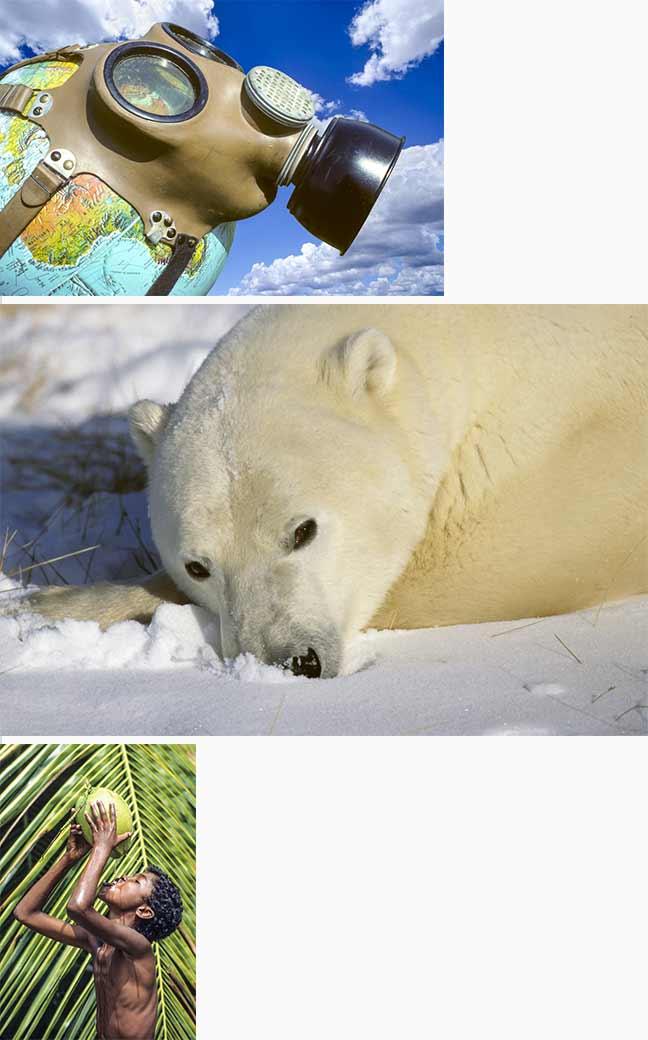
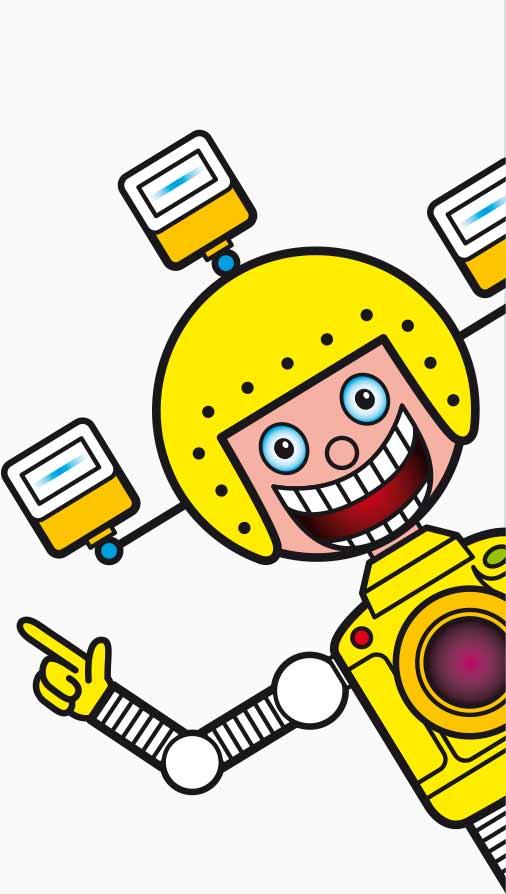
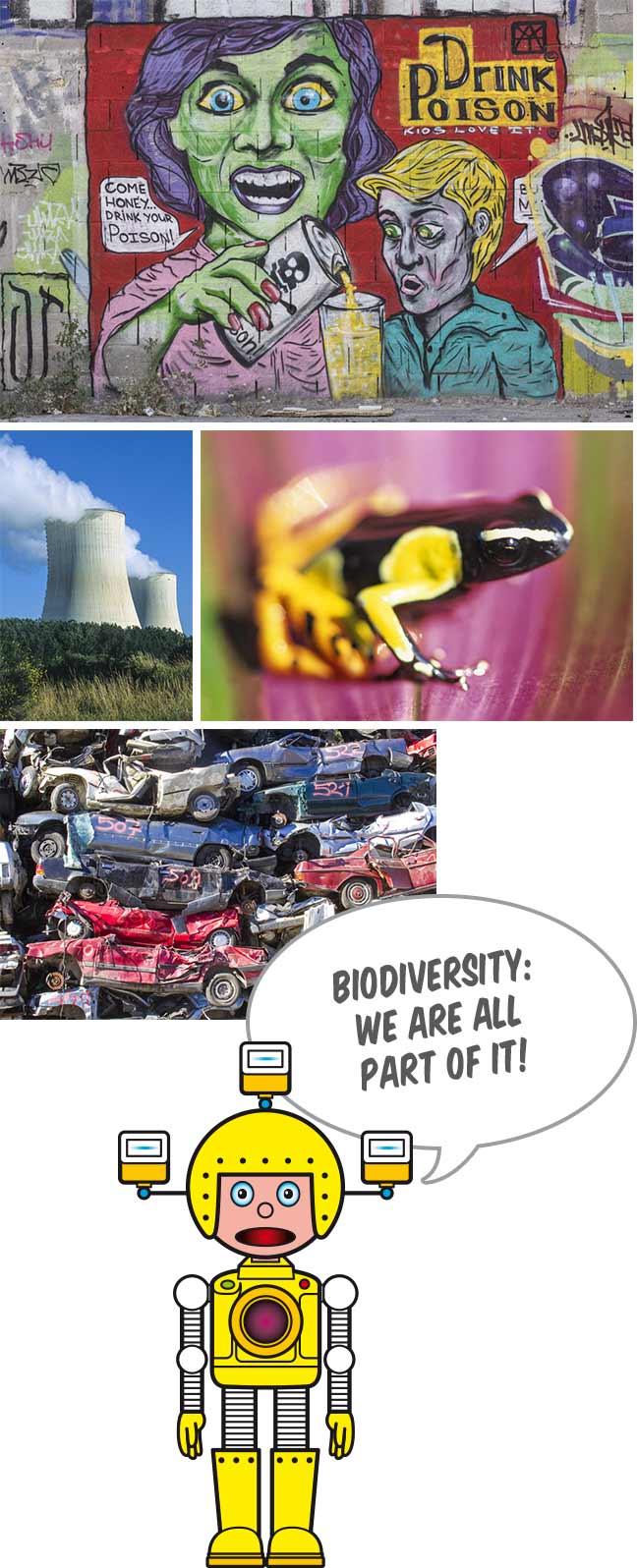
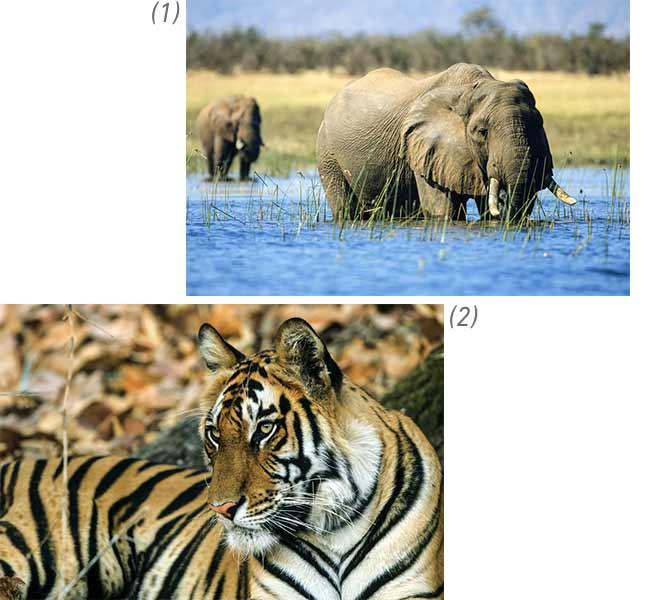
Elephants (1) and tigers (2)
are threatened by poaching
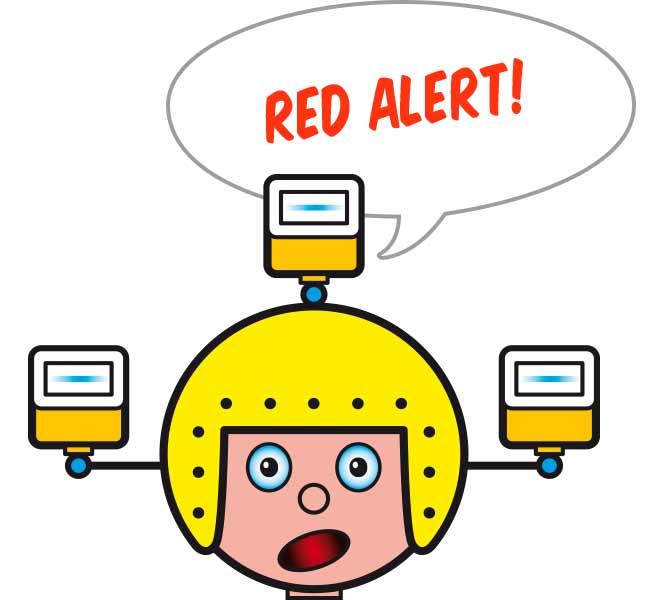
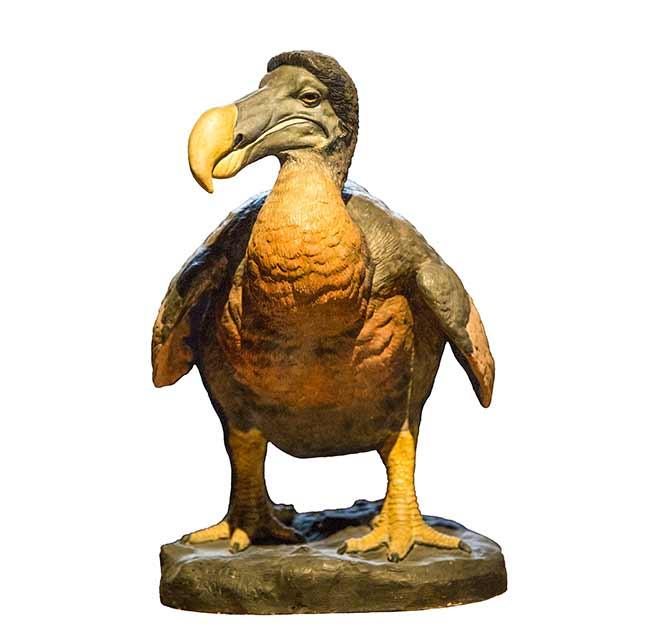
Dodo (Raphus cucullatus)
The dodo is the emblem of extinct animal species. It was endemic to the island of Mauritius, and it became extinct in the 17th century as a result of human activity.
Photo taken at the Muséum National d’Histoire Naturelle in Paris.

The flapping of a butterfly’s wings in the Amazonian rainforest can set off a tornado on the other side of the planet.
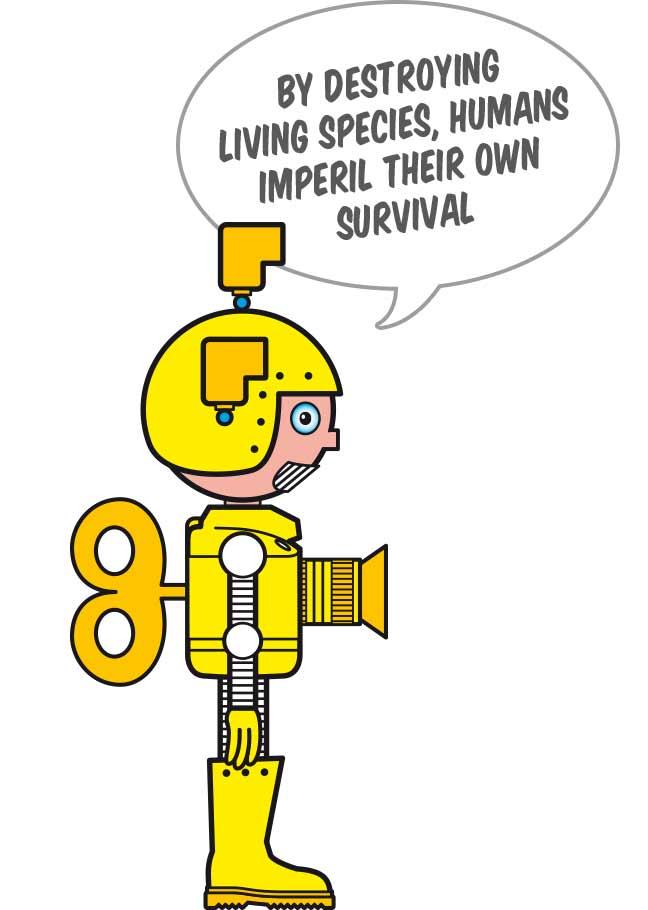
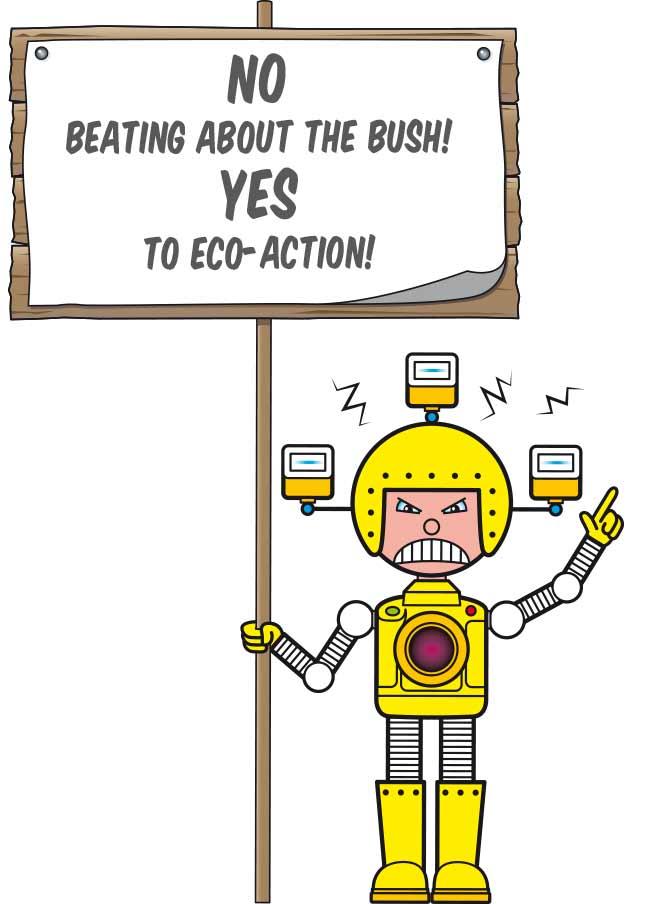
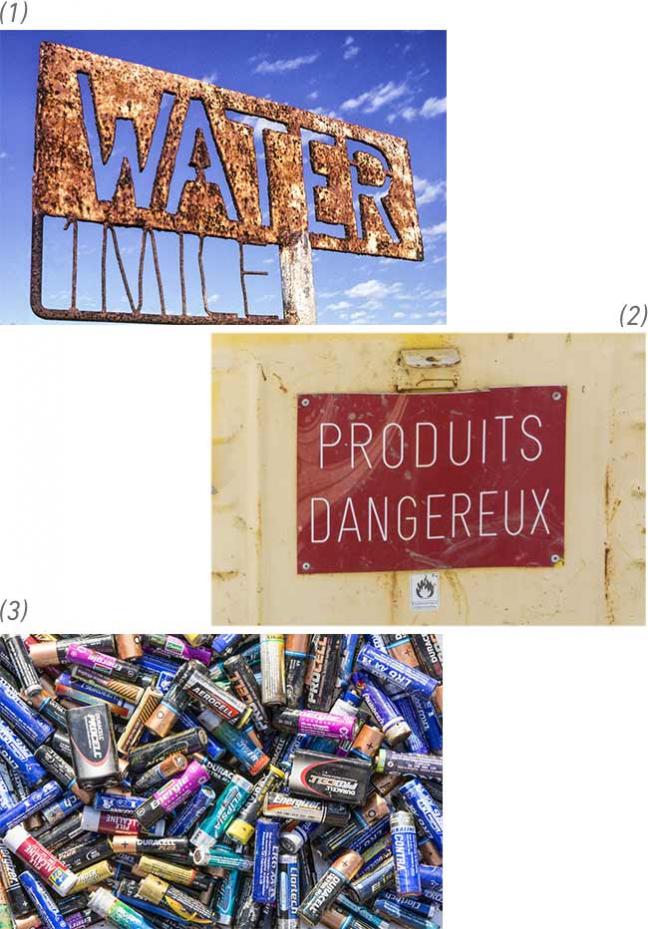
1-2-3 The problems of drinking water, waste treatment, recycling, etc.
An inheritance that the children of today will have to manage in the future.
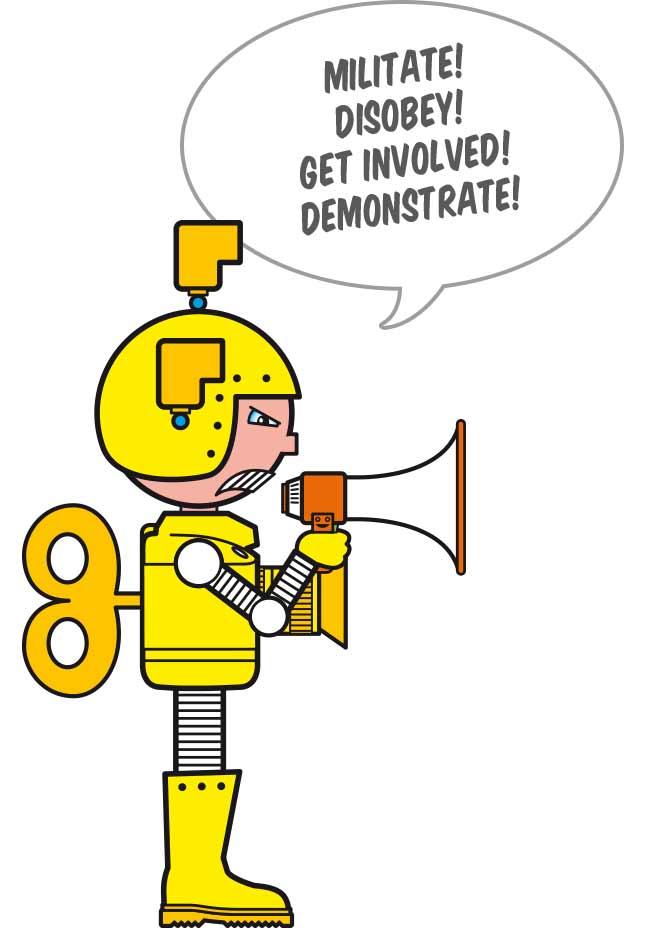
L’arche School
Educate and make aware
7 questions on Biodiversity
Young people whom I meet at nature-photography festivals, during photography training sessions, and in the field often ask me the same questions. Those questions relate to the profession of photographer, the lives of animals, and the future of biodiversity. This section is an attempt at giving some answers!
What is biodiversity?
Biodiversity means biological diversity. We know what “diversity” means, but what lies behind the word “biology”? Lots of things!
To begin with, there are all living beings, so all animal and plant species: lichens mosses, mushrooms, flowers, trees, insects, birds, mammals, fish, reptiles, amphibians, and invertebrates, as well as micro-organisms like bacteria and viruses! In short, everything that lives, whether big or small, rare or common, pretty or ugly!
Within a single species, it also means all the various races and varieties – and there are sometimes hundreds of them.
It also means all the ecosystems, i.e. all natural habitats: tropical forests, deserts, oceans, mountains, rivers, estuaries, plains, and even urban areas. In short, all areas that are wet or dry, hot or freezing, up on high or down in the depths… everywhere that life exists in one form or another!
Finally, the term also designates interactions between various species and their habitat, e.g. predation (and the food chain), parasitism, mutual help, etc. All that weaves a complex web of relationships that link all species and natural habitats.
We humans belong to the living species Homo sapiens. We are in a relationship with the natural environment in which we live, and with the plant and animal species that populate the Earth on the same terms as we do.
In that way, we, too, are part of biodiversity.
Which animal is the most threatened with extinction?
To monitor the state of biodiversity in the world, the IUCN (International Union for the Conservation of Nature) has drawn up an inventory that shows the risk of extinction for some species; it is called the Red List.
There are between 12 and 20 million species of plants and animals on Earth. The number is large that the Red List does not monitor all of them, but it does study almost 75 000. Of that number, one third are classed as threatened to greater or lesser degrees of concern, depending on the size of the remaining population and the rate of decline observed over previous years.
That inventory sounds he alarm: one out of four species of mammals is threatened with extinction, as is one bird species in eight and over one third of amphibian species.
In mammals, the species that are currently most at risk of extinction are the tiger, the Asian rhinoceros, the elephant, and the great apes like gorillas, chimpanzees, and orang utans.
In birds, there are about 200 species in critical danger of extinction. They include the white-winged flufftail (which is an African bird) and the Okarito kiwi, a flightless bird from New Zealand of which there are only 350 individuals left in the wild.
What makes a species disappear?
In general, there is no single reason for the gradual disappearance of a species of plant or animal, but a range of factors. One of the most important is the destructions of the natural habitats of species by the presence and activities of humans. Pollution, urbanisation, deforestation, mining, cultivation, drying out wetlands, etc., are all ways to destroy a natural area. Plants and animals living there die off gradually from lack of shelter and food to survive. The destruction of the Borneo forest, of which the soils have been turned over to become palm-oil plantations, has led to the disappearance of orang utans.
Another serious problem is that of invasive species, which are purposely or accidentally introduced into a natural habitat that is not their original one. Sometimes, the intruders find the conditions so favourable that they proliferate and gradually take the place of the species that were there previously. That is how, in North America, the European starling has become a threat for some local birds.
The over-exploitation of species can also cause their direct destruction. That is the case with over-fishing affecting some fish species, over-intensive hunting, and poaching, when hunting affects species that are already protected. For example, the illegal trade in ivory is the main cause of the extinction of elephant populations.
Finally, there is a planet-wide problem that also affects humans, and that is global warming. The phenomenon disturbs some large natural equilibria on the Earth’s surface, and causes changes that are fatal for some species. The most emblematic example is that of the polar bear.
Is it series when a species disappears?
Life on Earth has existed for 3.8 million years. In all that time, living species have appeared and disappeared. That is a perfectly natural phenomenon, and it is part of the evolution of Life. Moreover, the Earth has already undergone five mass extinctions of species, of which the last, which was 65 million years ago, killed off every last dinosaur.
However, those periods of extinction were very slow to occur, i.e. they lasted for tens of thousands of years.
The period of extinction through which we are living now, and which may be the sixth mass extinction of species in the history of Life on Earth, is different from the previous ones because of the speed of extinction - which, this time round, is measured in decades!
If that has already happened and if the Earth has recovered from it, is species extinction really so serious? Yes, because we never know what the consequences will be. Biodiversity is like a big web of relationships that are in clever balance and that link all forms of life on the surface of the Earth. The disappearance of a species from that edifice may cause the disappearance of several others, and, through a cascade effect, it may destabilise an entire ecosystem.
For example, in Singapore, a tropical butterfly became extinct shortly after the extinction of a species of plant – which fed the butterfly larvæ!
Biodiversity, i.e. species and habitats, is a little like a house of cards in which all the cards are essential for the whole thing to remain upright. If you take away just one – it all comes crashing down!
After plants and animals, will human be the next to become extinct?
We know that in four billion years, when the Sun goes out, all life will disappear on the surface of the Earth – and humans will not be spared. But humans will doubtless have become extinct long before then!
Humans have existed on Earth for about two million years, as one living species amongst many others. However, over the last few decades, humans have come to take up more and more room...
The human race is undergoing a population explosion, i.e. there are more of us having to share the planer’s resources, amongst ourselves and with other species. Increasing numbers also means increasing amounts of economic activity: production of energy, food, and power, travel, building work, etc.
All those activities are becoming increasingly intensive as the world human population increases, and they have consequences: natural resources are exhausted, the climate is disturbed, there is chemical and radioactive pollution, etc. All those are threats that weigh down on humans for more or less the long term.
Some renowned, serious scientists predict that the human race may cause its own extinction a few centuries from now – which is a few generation from now! That makes people very afraid - we don’t really want to hear it, even less believe it!
Others are more optimistic, hoping that the situation will end by causing an increase in awareness and that with humans changing their way of life in radical fashion to save their species. However, that raising of awareness will not always make itself felt, or not massively so, and it remains marginal. That is not enough.
We cannot say with certainty how many centuries or how many millennia are left to humans on Earth, for we cannot predict if that radical change of behaviour will take place or not! What is certain is that future generations, the children of today, their children, and their grandchildren, will certainly live in a more difficult world.
What can we do to protect biodiversity?
There are many ways of protecting biodiversity, ways that are simple, not very burdensome, and within the reach of everyone. To begin with, we can take direct action by being careful of nature when we are in it: remain on paths, do not pluck flowers, do not litter, gather up litter left by others, learn how to look without taking anything away, and raise awareness amongst people who are less respectful and whom we meet around us – all those are good habits.
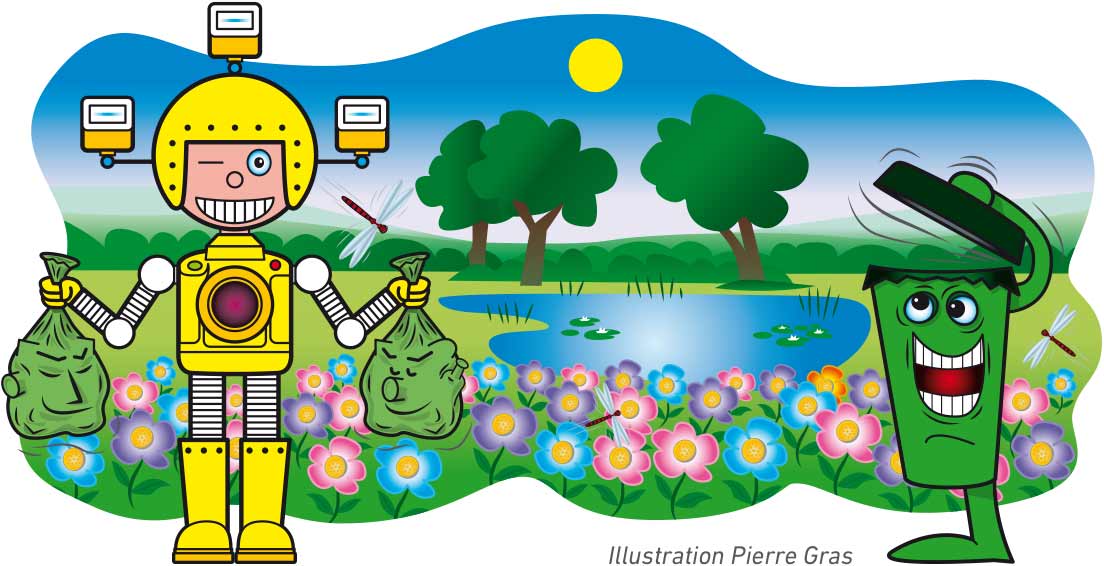
When you do not take direct action yourself, you can choose to support those who do! For example, by joining an association for the protection of nature and the environment, we contribute to actions taken by those associations to safeguard biodiversity. Eco-volunteering workshops and actions are also a way of offering concrete help by giving a hand in the field.
Next, we must admit to ourselves that nothing will change if we do not adopt a more eco-friendly lifestyle: consume less surplus, create less waste, sort waste to encourage recycling, not waste water and electricity, eat organic food, use public transport and bicycles instead of cars manger whenever possible – those are all ways in which to lighten your individual impact on the planet.
Finally – and above all! Speak out loud about what you’re thinking instead of muttering it under your breath… making your voice heard begins with casting your vote to elect politicians who promise to govern whilst respecting their commitments. Well – that’s the theory, at any rate! Because once elected, instead of taking action, politicians have other preoccupations: getting re-elected, gaining more power – and for some, enriching themselves in complete impunity… yes, they do think of their own interests first! They certainly don’t think of the fate of the children of today, much less of that of future generations!
For those reasons, you need other ways of making your voice heard and if politicians don’t do as they promise, you must say “No”, you must show your indignation, you must challenge them! But – how can you be a rebel?
By signing petitions, for example. Thousands of voices that have the same demands carry more weight than a single voice trying to be heard.
That is still something on paper. To be more effective, you can get really involved. There are lots of ways of militating actively. Thanks to internet-based social networks, you can join collectives and take part in events that they organise. That can be a festive meeting or a happening to attract media attention to a problem, or even a civil-disobedience event, to protest against a law that you feel is unjust.
You can also demonstrate peacefully, in the streets, before press cameras, under the windows of government, shouting out loud to say what you think and what you demand. When hundreds or thousands of voices come together and the media make room for them, the governments cannot turn a deaf ear! All those small voices become one big voice that booms forth to put pressure on elected officials, to whom we grant the power to make the right decision for the future of the Earth.
Why is the same thing always being repeated without anyone doing anything?
For about thirty years now, voices have been saying that the lifestyle of rich countries is incompatible with the increasing number of humans on Earth. Voices that repeatedly say that we need to change our way of life, or we need to ensure that there are fewer of us – otherwise, the Earth will not be able to satisfy everyone.
In spite of those voices, the state of the environment continues to worsen, air pollution is getting worse, clean water is becoming scarce, the climate is becoming unbalanced… and yet, as regards way of life, nothing has changed. We know what needs to be done, we know what should no longer be done, but with a few exceptions, we don’t manage to change our habits. Why not?
Perhaps because deep inside ourselves, we are all a bit selfish. We don’t really want to make an effort. We don’t want to rein in on the things that we buy and all the material goods that we want to own. We don’t want to make the effort to pedal a bicycle or to squeeze up with other folk aboard public transport, when we can be seated comfortably in a car without getting all tired out to do the same journey. We don’t want to pay a little more for some organic food that would nonetheless preserve our health and the environment, and we don’t want to do without mangoes, even though they come from the other side of the world. We don’t want to switch off the air-conditioning even when it’s not really that hot… we could draw up a long list.
The change in behaviour that rich countries must impose upon themselves is a very radical one, and it would require giving up a lot of things. What we don’t see is that all those things come under the heading “superfluous”, and that for us to live well and happily, we don’t necessarily need “comfort”.
That change may doubtless make place for other aspects of life that are the sources of much wellbeing: more generosity, humanity, goodwill, respect, and consideration for others – in short: more love (if one feels that “love” means “wanting to do good to others”!) That would lead us to make the supreme gesture of generosity: give up a little something today to leave a planet in good shape for the as-yet-unborn humans of the future! It’s not such an easy thing to do…
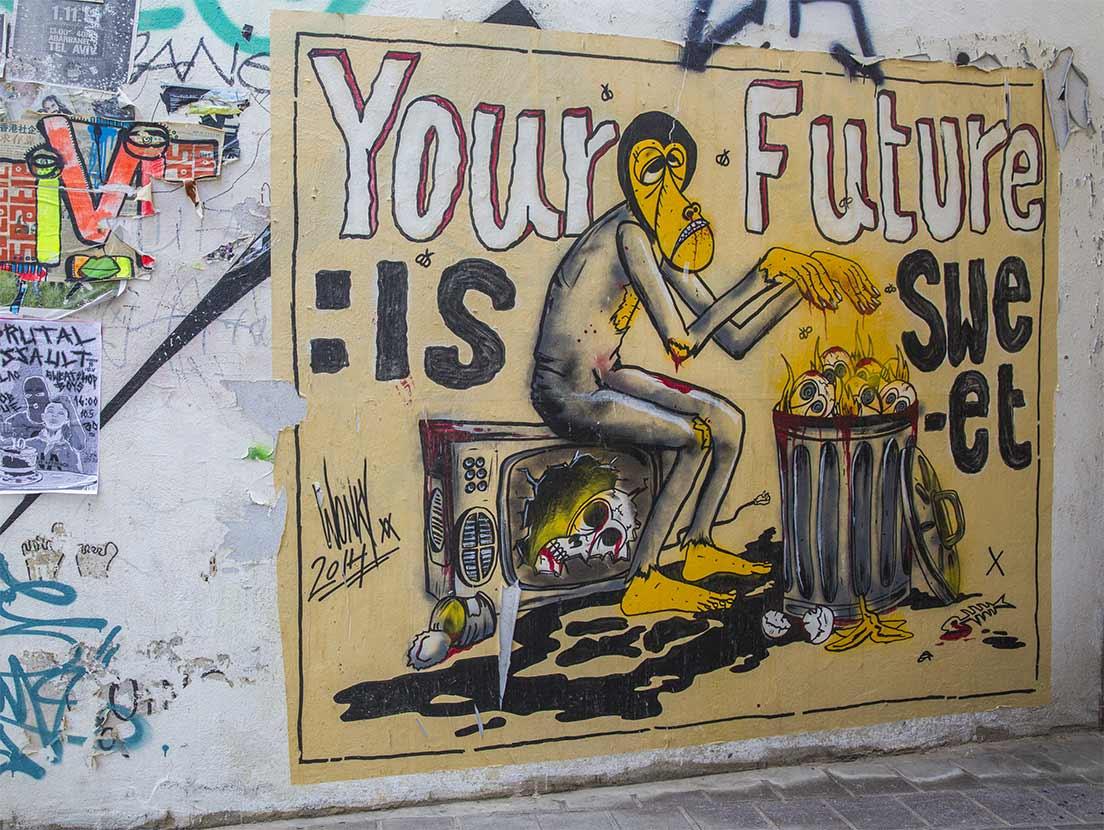
The famous “street artist” Wonk offers us a work that is very pessimistic about the future of Homo sapiens.
In any case, there is a strong chance that the alarm signals over the environment and their harmful consequences for health and for quality of life may end by making humans react in the right way. We just have to hope that it will not be too late.
